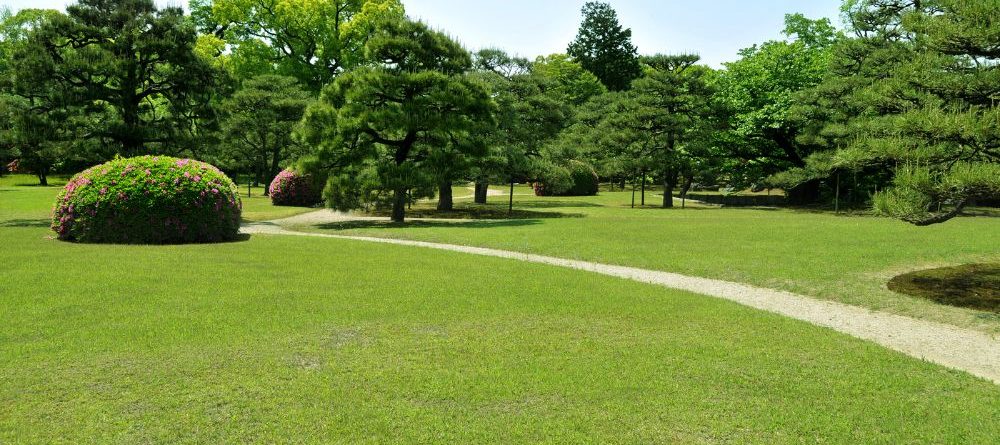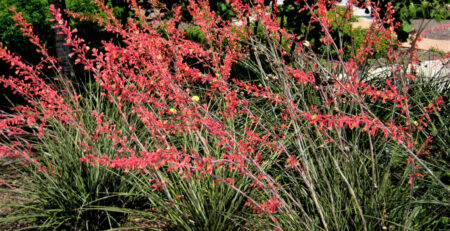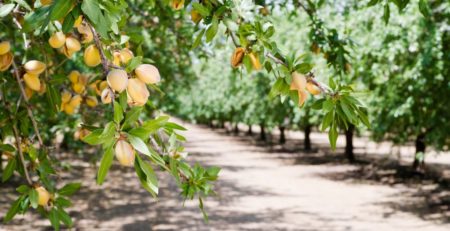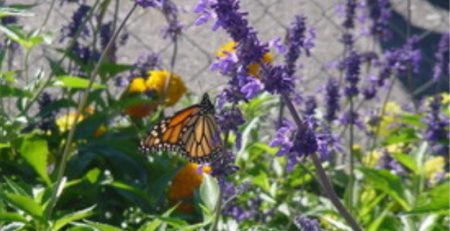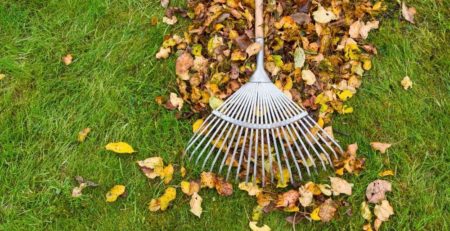Do trees require supplemental water during droughts?
Q: Do trees require supplemental water during droughts?
The short answer is yes; trees absolutely do need supplemental water during droughts. But the details can be confusing. How much water do they need? How often should you water? If you Google the subject, you find many different answers.
Trees are the most valuable plants in your landscape. They provide significant value to real estate, cool their surroundings, and improve air quality. Mature trees are a benefit to you and to the community at large and require years or decades to replace. They are well worth some investment of time and money.
It’s important to provide trees with supplemental water before they show signs of drought stress. If a tree’s leaves are curling, scorching, or drying and falling off, that tree is stressed. This can be seriously damaging and branches and roots may die back. The real damage may not be evident for months or years because drought-stressed trees become more susceptible to insect and disease attack, and less resistant to winter freeze damage. They are also more susceptible to damage in subsequent years from additional drought.
If water restrictions permit turf irrigation, and your turf is green and unstressed, it’s likely that the trees in your lawn are doing well too. If keeping the entire lawn lush and green becomes too expensive, or if water restrictions force a reduction of turf irrigation, then it would be a good idea to turn your attention to the trees. If your turf is showing signs of stress, then it’s likely that trees rooted in the area are also stressed.
To benefit an established tree (newly planted trees are a special case discussed below), apply water in a band along the drip line of the tree, not next to the trunk. The drip line is beneath the outer edge of the tree’s canopy. A tree’s most active feeder roots are in the top 12-18” of soil in the area near the drip line. Apply water sufficient to wet the soil to a depth of 8-10”. Use a soaker hose or just let the water trickle from a regular hose and move it periodically until the whole area has been covered. Check the soil moisture periodically to know when you’ve achieved good results. A few thorough, deep waterings are more effective and beneficial than frequent light waterings.
Let the moisture in the soil determine how often you need to water a tree. Use a garden trowel to dig 6-8” into the soil at several spots along the drip line. If the soil feels damp and cool, you don’t need to water yet. A better test is to use an inexpensive moisture meter available from almost any garden center. Measure the soil moisture in several spots along the drip line and 6-8” or more below the surface. Apply water when the meter shows low moisture levels.
Newly planted trees (and woody shrubs) need special attention. If possible, arrange the soil to form a berm just beyond the drip line. You never want the root ball to dry out, so check the moisture level frequently and water as needed. Be sure the water you apply is wetting the root ball and isn’t just flowing into the surrounding fill. During hot, dry weather, a good rule of thumb (https://neilsperry.com/2022/07/still-a-critical-issue/) is to apply a volume of water every 2-3 days that is as much water as the container size from which it was planted.
Familiarize yourself with your local water restrictions and ordinances and remember the rules may change if a drought worsens. In most cases, soaker systems and hand watering are permitted even if overhead turf irrigation is banned.
See the links below for more information.
Texas AgriLife Extension Service (https://aggie-horticulture.tamu.edu/earthkind/files/2010/10/tree-shrub-irrigation-drought.pdf) and the Nebraska Forest Service (https://nfs.unl.edu/publications/watering-trees) provide additional information online about irrigating trees and shrubs during a drought.

